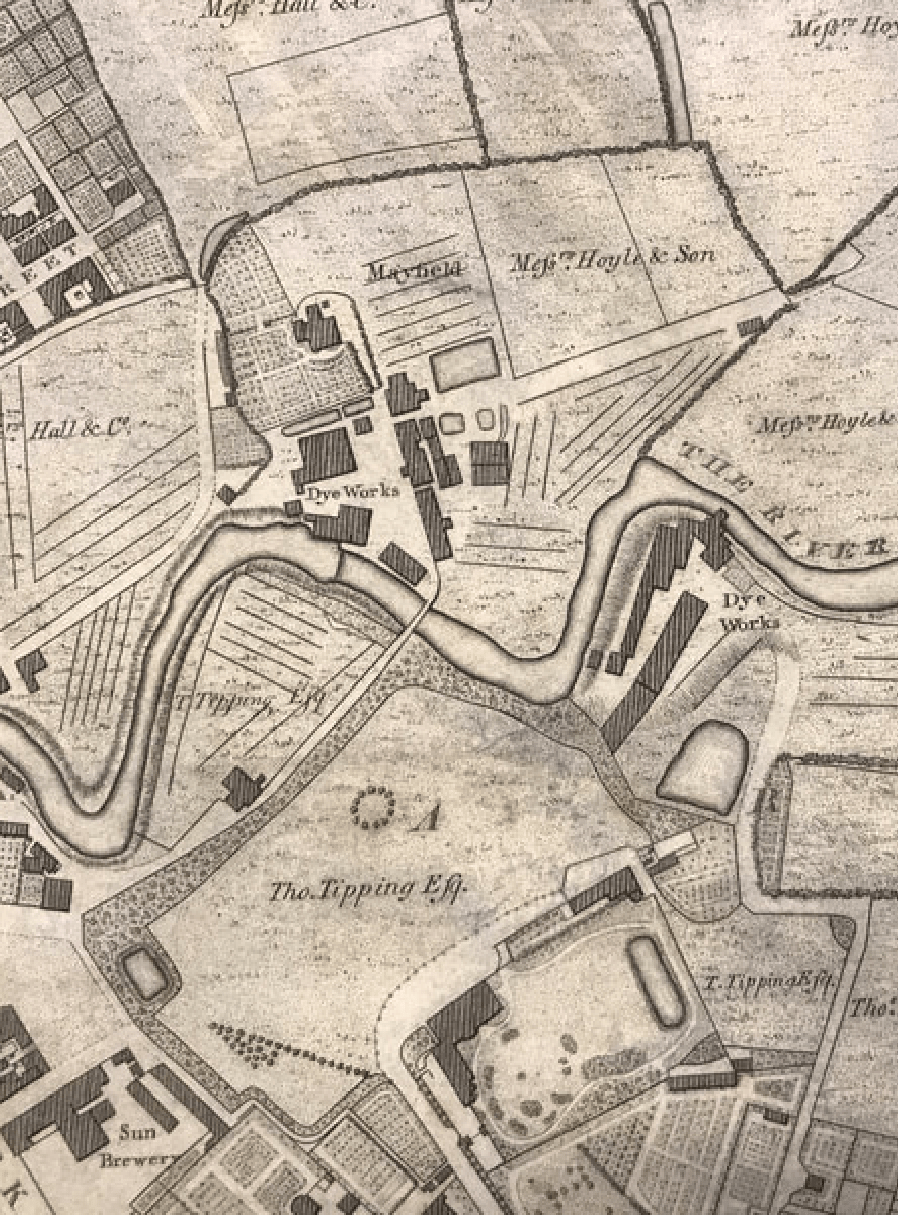Reading a building and how an elegant man in flannel trousers fits in



The decoration on buildings tells a tale of how the people who paid for that building thought about themselves.
The former Refuge Assurance Building is a case in point. Although we can’t enter the Kimpton Clocktower Hotel that presently occupies the site the exterior sums up the Refuge’s aspirations.
Bit of background first. A handful of men began it all in 1858 in Dukinfield, men who wanted to provide a decent funeral for their family members and a lump sum of £200 for dependents. After early struggles they did spectacularly well. By the time Alfred Waterhouse, the architect of Manchester Town Hall, had finished with the first building on this site in 1893 the Refuge had a million members. Less than twenty years later, by which time the tower and the extension towards the railway line had been completed, designed by Waterhouse’s son Paul, they had 1.5m members.
The building’s decoration is an eclectic mish-mash of Renaissance and Baroque architecture which is so free it might as well be a brand new style. Symbolism is central with castles, bees, ships and scallop shells repeated across the site, inside and out.
Above the original entrance is a castle gatehouse to show your money and your family’s future is safe with the Refuge. Above the second floor windows on a corbel cutting through a pediment is a cutsy boat representing the ship on the coat of arms of the City of Manchester. The company was proud to be associated with the city and wanted to show this, hence the reference to the Manchester ship. The ship is a reference to the city’s global trading and philosophy (free trade). The motif also appears on gables on the building as well as the club badges of United and City.
More city pride is shown on the huge clock faces. The quarters are Manchester bees with their wings open and the other digits are bees with their wings closed. Again, this is symbolism taken from the city coat of arms. There are also sweet and tiny tiles with the letters RA all over the exterior. The letters stand for Refuge Assurance rather than an exclaiming and excited Scouser, which would be sort of apt given Alfred Waterhouse was born in Liverpool.
Close to the tower entrance are two typically Edwardian lovely ladies, who seem a little out of place on a building which was ruled, at the time, by a very sober patriarchy. One clutches bags of coin to her bosom and is labelled Thrift, and the other is working on embroidery and is called Industry. In other words ‘work hard and save up, life is dreadfully serious, don’t have any fun’.
By the way, just about my favourite architectural description comes from writer and architect CR Reilly in 1924. To him the Oxford Road facade of the Refuge Assurance resembled ‘a tall young man in flannel trousers escorting two charming but delicate old ladies in lace’. Quite.


